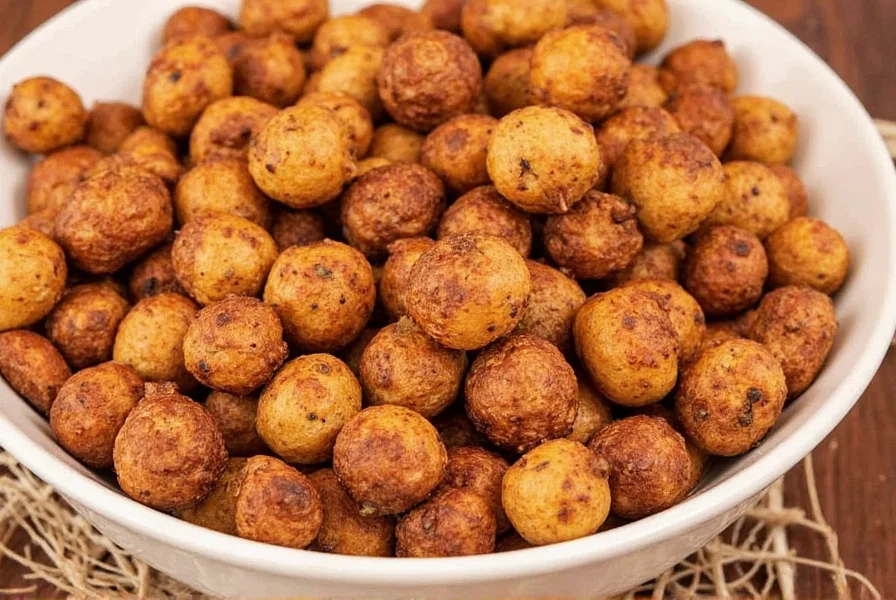Table of Contents
What Is Porcini?
Porcini (Boletus edulis), also known as cepes, is a highly prized edible wild mushroom native to forests across Europe, North America, and Asia. It is characterized by its thick stem, brown to mahogany cap, and rich umami flavor, making it a staple in gourmet cooking worldwide. This definition covers its scientific classification, key features, and primary culinary uses.
Scientific Name and Characteristics
The term "porcini" originates from the Italian word "porcino," meaning "little pig," due to historical associations with wild pigs. Scientifically, it refers to Boletus edulis and related species in the Boletaceae family. Key characteristics include:
- Cap: 5-25 cm diameter, brown to dark mahogany color
- Stem: Thick, spongy, often white or yellowish
- Flavor: Earthy, nutty, with strong umami
- Habitat: Grows symbiotically with trees like pine and oak
- Forms: Available fresh (seasonal), dried (year-round), powdered, or infused in oil
Practical Cooking Tips
Porcini enhances dishes with deep savory notes. Key tips include:
- Rehydrate dried porcini: Soak in warm water for 30 minutes; use the soaking liquid for extra flavor.
- Avoid overcooking: Sauté quickly or add toward the end of cooking to preserve texture.
- Pair with complementary ingredients: Garlic, butter, white wine, thyme, or rosemary bring out its earthy profile.
- Use powder for quick flavor: Sprinkle on pasta, soups, or roasted vegetables for instant umami.
| Form | Description | Best Use |
|---|---|---|
| Fresh | Seasonal, firm caps with strong aroma | Soups, stews, or sautés |
| Dried | Concentrated flavor, long shelf life | Sauces, braises, or rehydrated dishes |
| Porcini Powder | Finely ground for easy incorporation | Seasoning, sauces, or dry rubs |
| Porcini Oil | Infused with mushroom essence | Drizzling over bread or salads |
Frequently Asked Questions
What is the scientific name for porcini mushrooms?
The primary scientific name is Boletus edulis. Related species like Boletus aereus are also called porcini in some regions.
How do porcini differ from other mushrooms?
Porcini have a thick, spongy stem and distinct cap coloration. Unlike cultivated mushrooms (e.g., button or cremini), they grow wild and offer a stronger umami flavor with meaty texture.
Can I substitute other mushrooms for porcini?
Shiitake or cremini work for texture, but no substitute replicates porcini's unique umami. For dried porcini, mushroom powder or soy sauce can add depth, though flavor will differ.
Where can I find porcini mushrooms?
Fresh porcini are seasonal (fall) in forests near pine or oak trees. Dried, powdered, or oil forms are available year-round at gourmet stores, Italian markets, or online retailers like iGourmet.
Conclusion
Understanding the porcini definition—scientific name, characteristics, and versatile uses—enables you to elevate dishes with its rich earthy flavor. Whether fresh, dried, or powdered, porcini remains a culinary treasure for gourmet cooking.











 浙公网安备
33010002000092号
浙公网安备
33010002000092号 浙B2-20120091-4
浙B2-20120091-4